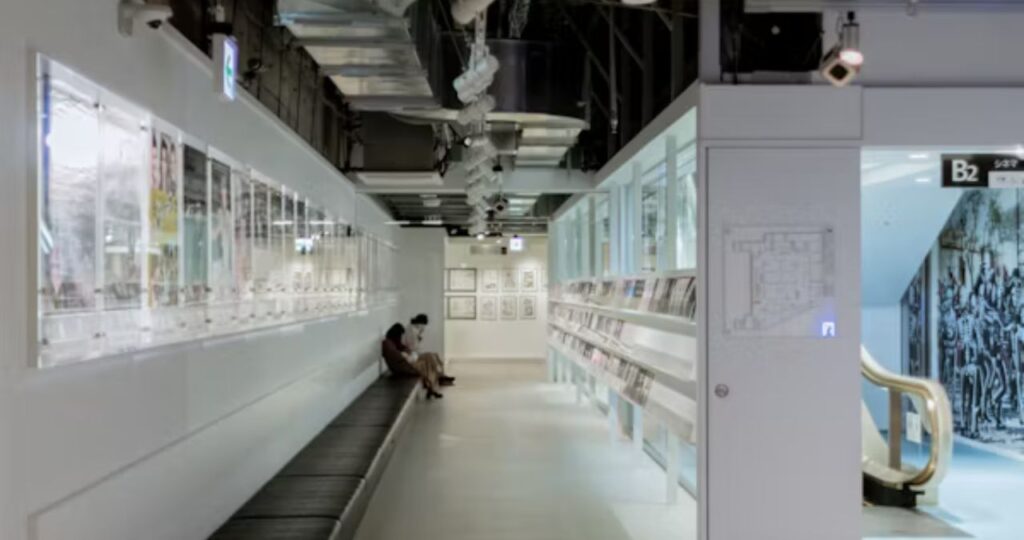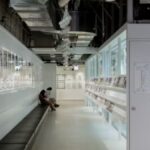The global energy landscape stands at a critical crossroads. With climate change accelerating and energy demands soaring, revolutionary solutions are no longer optional—they’re essential. Enter Zeeroq, an emerging technology that promises to reshape how we think about energy efficiency and distribution.
This comprehensive guide explores what Zeeroq represents, its potential applications, and why it could become a cornerstone of sustainable energy infrastructure. Whether you’re an energy professional, sustainability advocate, or simply curious about cutting-edge technologies, understanding Zeeroq’s implications will help you navigate the evolving energy sector.
From its underlying principles to real-world implementation challenges, we’ll examine every aspect of this promising technology and its role in creating a more efficient, sustainable energy future.
What is Zeeroq Technology?
Zeeroq represents a paradigm shift in energy management, focusing on zero-waste energy optimization through advanced algorithmic control systems. Unlike traditional energy solutions that accept inherent losses during transmission and conversion, Zeeroq technology aims to eliminate inefficiencies at every stage of the energy lifecycle.
The technology operates on three fundamental principles: real-time energy monitoring, predictive load balancing, and adaptive resource allocation. By continuously analyzing energy consumption patterns and automatically adjusting distribution parameters, Zeeroq systems can achieve unprecedented efficiency levels while reducing operational costs.
Core Components of Zeeroq Systems
Modern Zeeroq implementations typically include several integrated components working in harmony. Smart sensors collect granular data about energy usage across multiple touchpoints, while machine learning algorithms process this information to identify optimization opportunities.
The central processing unit serves as the brain of the system, making split-second decisions about energy routing and distribution. Advanced control mechanisms then execute these decisions, ensuring optimal energy flow throughout the connected infrastructure.
Communication protocols enable seamless integration with existing energy management systems, allowing organizations to implement Zeeroq technology without completely overhauling their current setup.
Revolutionary Applications Across Industries
Smart Grid Integration
Power utilities are discovering Zeeroq’s potential to transform grid operations. By implementing predictive analytics and automated load balancing, utility companies can reduce transmission losses while improving grid stability and reliability.
The technology enables dynamic pricing models that respond to real-time supply and demand fluctuations. This capability helps utilities optimize revenue while encouraging consumers to shift energy usage to off-peak periods, reducing strain on the grid during high-demand periods.
Manufacturing and Industrial Applications
Manufacturing facilities represent ideal candidates for Zeeroq implementation due to their complex energy requirements and significant optimization potential. Production lines equipped with Zeeroq systems can automatically adjust energy consumption based on production schedules, raw material availability, and quality requirements.
Industrial heating and cooling systems benefit significantly from Zeeroq’s predictive capabilities. By anticipating temperature requirements and adjusting systems proactively, facilities can maintain optimal conditions while minimizing energy waste.
Commercial Building Management
Office buildings and commercial complexes leverage Zeeroq technology to create intelligent environments that respond to occupancy patterns, weather conditions, and business operations. HVAC systems equipped with Zeeroq algorithms can maintain comfortable conditions while reducing energy consumption by up to 30%.
Lighting systems integrated with Zeeroq technology adjust brightness and color temperature based on natural light availability, occupancy levels, and specific task requirements, creating more productive environments while conserving energy.
Environmental Impact and Sustainability Benefits
Zeeroq technology addresses multiple environmental challenges simultaneously. By reducing energy waste, these systems directly decrease greenhouse gas emissions associated with power generation. The technology’s ability to optimize renewable energy integration further amplifies its environmental benefits.
Solar and wind energy systems enhanced with Zeeroq capabilities can better manage intermittent power generation, storing excess energy during peak production periods and distributing it when renewable sources are less productive.
Carbon Footprint Reduction
Organizations implementing Zeeroq solutions typically experience significant reductions in their carbon footprints. The technology’s comprehensive approach to energy optimization addresses both direct emissions from energy consumption and indirect emissions from improved operational efficiency.
Supply chain optimization through Zeeroq implementation can reduce transportation-related emissions by improving logistics planning and warehouse operations, creating cascading environmental benefits throughout entire business ecosystems.
Implementation Challenges and Solutions
Technical Integration Complexities
Implementing Zeeroq technology requires careful planning and expertise in multiple technical domains. Legacy systems may require significant modifications or replacement to achieve full compatibility with Zeeroq protocols.
Data security and privacy concerns must be addressed comprehensively, as Zeeroq systems collect and analyze detailed operational information. Organizations need robust cybersecurity measures to protect sensitive data while maintaining system functionality.
Cost Considerations and ROI
Initial investment requirements for Zeeroq implementation can be substantial, particularly for large-scale installations. However, most organizations experience positive returns on investment within 18-24 months through reduced energy costs and improved operational efficiency.
Financing options and government incentives for energy efficiency improvements help offset upfront costs, making Zeeroq technology more accessible to smaller organizations and municipalities.
Training and Workforce Development
Successful Zeeroq implementation requires skilled professionals who understand both the technology and its applications within specific industries. Organizations must invest in training programs to develop internal expertise or partner with specialized service providers.
Educational institutions are beginning to incorporate Zeeroq principles into engineering and technology curricula, helping create a workforce prepared for the energy transition.
Future Developments and Market Trends
The Zeeroq technology landscape continues evolving rapidly, with new applications and capabilities emerging regularly. Artificial intelligence and machine learning advancements are enhancing the technology’s predictive capabilities and optimization algorithms.
Integration with Internet of Things (IoT) devices and edge computing platforms is expanding Zeeroq’s reach into previously inaccessible applications, from residential smart home systems to transportation infrastructure.
Regulatory Environment and Standards
Government agencies worldwide are developing standards and regulations to guide Zeeroq implementation while ensuring safety and interoperability. These regulatory frameworks will likely accelerate adoption by providing clear guidelines for implementation and operation.
International cooperation on Zeeroq standards will facilitate global technology deployment and create opportunities for cross-border energy optimization projects.
Conclusion
Zeeroq technology represents more than just another energy efficiency solution—it embodies a fundamental shift toward intelligent, responsive energy management. As organizations worldwide grapple with rising energy costs and environmental pressures, Zeeroq offers a path toward sustainable operations without sacrificing performance or productivity.
The technology’s ability to integrate with existing infrastructure while delivering measurable improvements makes it an attractive option for organizations at any stage of their sustainability journey. Early adopters are already experiencing significant benefits, positioning themselves as leaders in the transition to more efficient energy systems.
Consider exploring how Zeeroq technology might fit within your organization’s energy strategy. Start by conducting an energy audit to identify optimization opportunities, then research implementation partners with proven expertise in your industry. The future of energy efficiency is here—and it’s more accessible than you might think.







